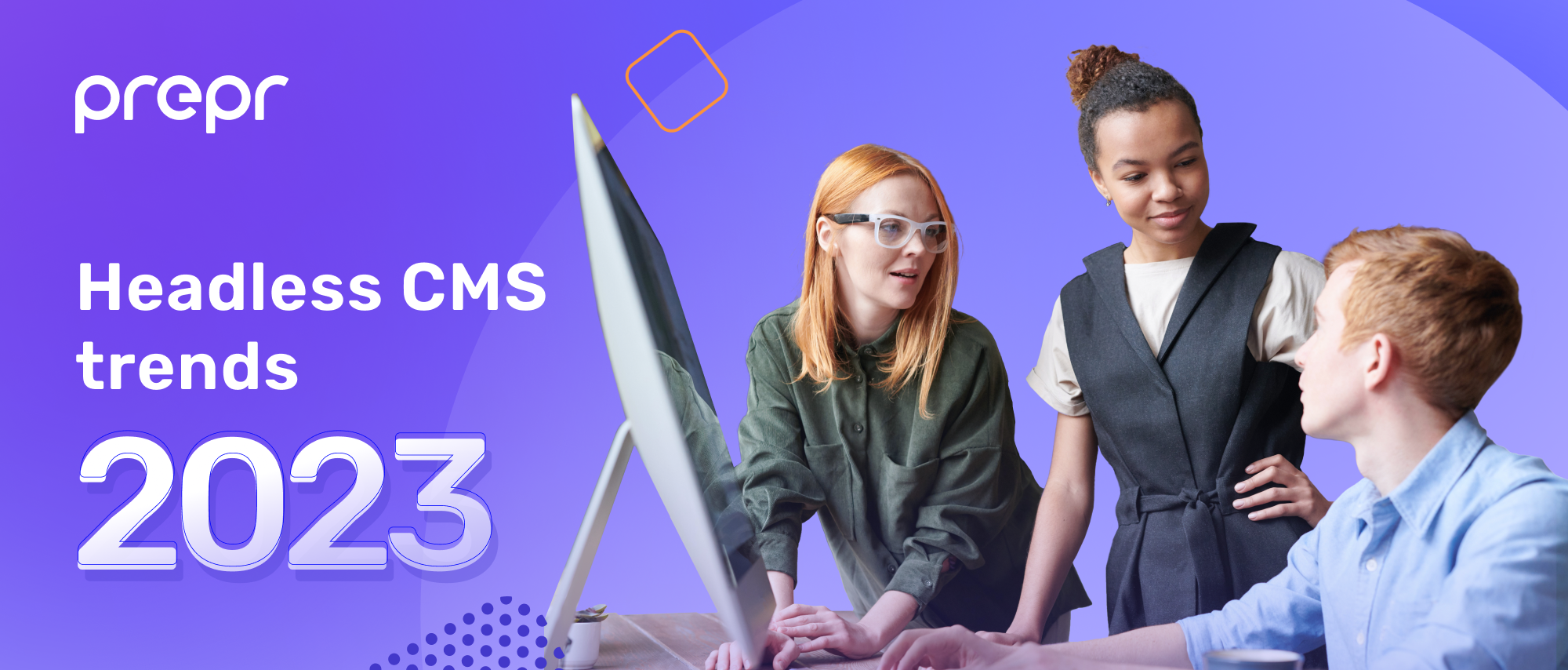Personalization
According to Google, the average person shifts between three different devices to complete a task and uses over 10 channels to communicate with businesses. This indicates that an omnichannel experience has become increasingly important. Visitors want the same interaction across different platforms, and pick up right where they left off. A perfect example is online shopping. When you visit a store via their website on the computer and later on their smartphone app, you want both experiences to correlate with each other. Recently viewed, the wishlist, and the shopping cart, it has to be the same.
Personalized experiences have become an important part of the customer experience. According to Forbes, 74% of website visitors are frustrated when their visit is not personalized. Additionally, 91% of the customers add that they are more willing to shop with a brand that offers relevant offers and recommendations. This enhances the idea that personalized omnichannel customer experiences are becoming more important.
Furthermore, people are more connected with a brand and expect some sort of personality and human touch when they communicate. Due to technology nowadays it is possible to connect user data across almost every touchpoint.
Using a headless CMS in combination with personalization can be beneficial because it allows for a more seamless and effective implementation of personalized content. With a traditional, monolithic CMS, the content is usually tightly coupled with the presentation layer, which can make it difficult to customize and personalize the content for different users. By using a headless CMS, the content is decoupled from the presentation layer and can be accessed and displayed in a more flexible and dynamic way, making it easier to tailor the content to the specific needs and interests of individual users.
In summary, using a headless CMS in combination with personalization allows for more flexibility and control in how personalized content is created, managed, and delivered, which can lead to a better user experience and improved engagement with the content.
